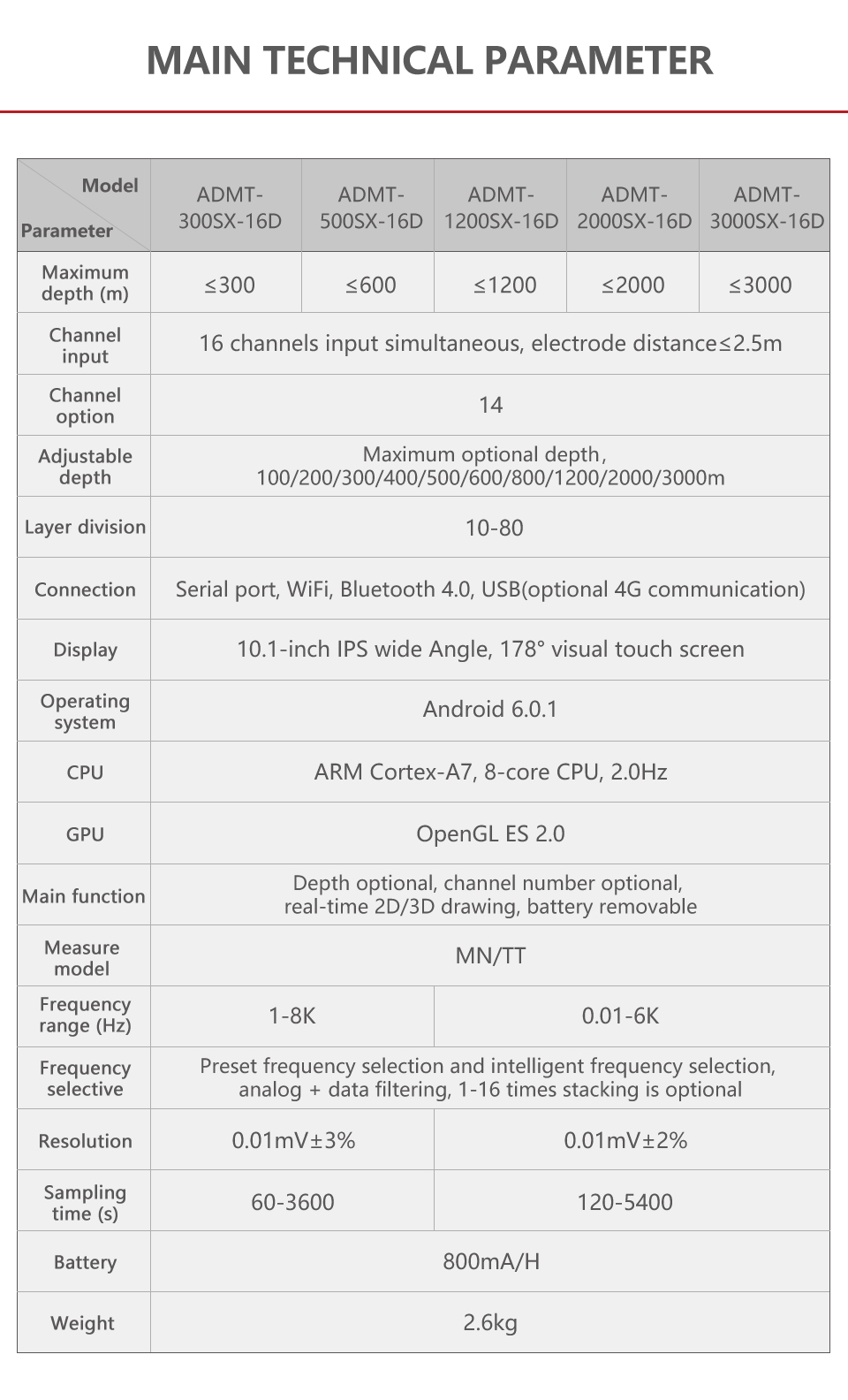Considerations for drilling wells to find water and groundwater source detection techniques
Considerations for well-drilling and water search techniques.
Study the topography and geomorphology. Topographic and geomorphological conditions determine the conditions of groundwater recharge runoff discharge, control the weathering conditions of the rocks and influence the changes in groundwater abundance and depletion.
Reservoirs need a basin area and wells need a recharge area, for the same reason.
If the lithological conditions are the same, wells are more likely to be built in low-lying terrain or in terrain that is conducive to catchment. However, some small plains and depressions are often underlain by predominantly muddy rocks that are easily denuded by weathering, creating lowlands where groundwater is not good.
Study the water-richness of rocks. Rocks can be divided into three main categories according to their genesis: igneous, metamorphic and sedimentary rocks, which are very complex to subdivide. Regardless of the genesis, when struck with a hammer, some rocks feel "rigid" (rigid), some "flexible" (flexible) and some "brittle" (brittle), and brittle rocks and soluble rocks such as limestone are more likely to form wells.
Study the fracture development of the rock. Fractures are more developed near fault zones. Fractures are more likely to develop in inclined rocks than in horizontal rocks.









